Conservationist and ACS San Francisco Bay Chapter volunteer, Kylie West, provides us with an update on the status of the Southern resident killer whale population. She reports on total population metrics, recent births and deaths, current Endangered Species Act status, current threats, and steps we can take to help protect and conserve this important and treasured population of cetaceans.
In Conversation with Izzy: Why We Haven’t Seen Whales Feeding in San Francisco Bay This Summer
In Conversation with Izzy: Recent Strandings of Fin and Gray Whales in the Bay Area
ACS Grant Recipient’s Organization Helps A Mexican Community Build Culture and Economy Around Cetaceans
ACS Grant Recipient’s Organization Helps A Mexican Community Build Culture and Economy Around Cetaceans
In a small village along the Mexican Pacific coast, Katherina Audley’s organization, the Whales of Guerrero Research Project identified an opportunity to help a community by creating a stronger bond with cetaceans that depend upon the Pacific Ocean for their survival.
ACS Grant Recipient's Research Shows Connection Between Whale Entanglement, Warmer Ocean Temperatures, and Dungeness Crab Fishing
In the last few years, the number of whales getting tangled up in fishing gear in local waters has skyrocketed. In 2016, the National Oceanic and Atmospheric Administration reported 71 separate cases of whale entanglement with fishing gear on the West Coast. That is 41 more instances of whale entanglement than in 2014 and the highest annual total since the agency first started keeping track in 1982.
Armed with 30 years of whale sighting data in the Farallon Islands, ACS San Francisco Bay Chapter research grant awardee Kaytlin Ingman set out to find out why more whales were getting caught in fishing equipment than nearly ever before.
ACS Grant Recipient’s Research Models Humpback Habitat and Shipping Lanes to Inform Strategies for Reducing Ship Strikes
Andrea Dransfield has never been inside the belly of a whale, but she did get a pretty good glimpse inside several humpback’s mouths.
As a graduate student at San Francisco State University’s Romberg Tiburon Center for Environmental Studies, Dransfield got a first-hand view of humpback whales lunge feeding right next to the National Oceanic and Atmospheric Administration (NOAA) research vessel. The sighting was not only one of the most gratifying experiences of Dransfield’s research, but also it became a data point in her thesis. Between 2011 and 2012, she gathered records on oceanographic properties and humpback whale sightings during data collection cruises, adding to Point Blue Conservation Science’s extensive dataset, to create predictive models that could map out humpback whale high-use habitats and reduce the risk of whale ship strikes.
Impacts of Anthropogenic Sound on Marine Life
When we consider major environmental threats to marine life, we often think of issues such as oil spills, overfishing, and plastic pollution. A threat that’s likely not as familiar to the general public but holds grave consequences is that of ocean noise pollution. NOAA’s National Ocean Service defines ocean noise pollution as “sounds made by human activities that can interfere with or obscure the ability of marine animals to hear natural sounds in the ocean.” An article in Yale Environment 360 shares a quote from marine scientist Christopher Clark: “We are injecting so much noise that we are effectively acoustically bleaching the world’s oceans.”
The Complexity of Species Extinction: Can Conservation Learn From The Past?
Last month the Vaquita received a lot of attention. NOAA announced plans to corral the last 30 or so of this severely endangered species and place them in sea pens. They will use specially trained navy dolphins to assist in capturing the most endangered porpoise in the world and transport its members to San Filipe where the species will hopefully recover to the point they can be released back into their natural habitat. This multi-million dollar plan to save a species from human-caused extinction illustrates how complex extinction can be. Not just because we have the ability to engineer recovery of species on the brink but because when it comes to studying illusive cetaceans, a lot of time and money is needed simply to assess numbers in populations and perform genetic analysis, all research essential in order to determine stock size and vulnerability. The vaquita is not the first cetacean to reach this level of human-caused vulnerability. The Baiji river dolphin’s story was remarkably similar, a spices that is now extinct.
